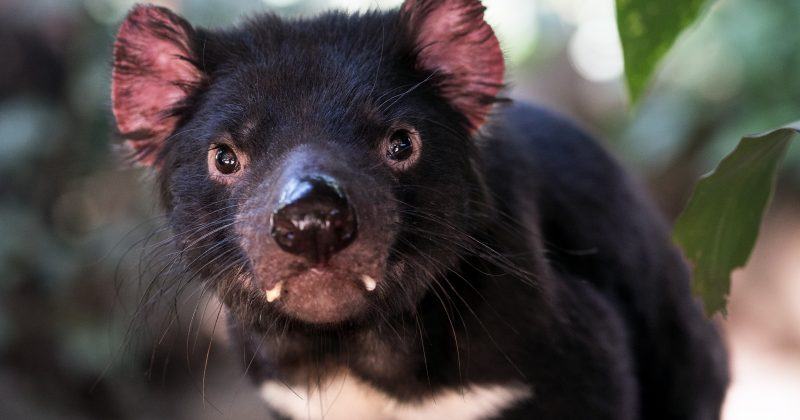SEQUENCING DNA IN OUTER SPACE
On the 20th July 2016 the arrival of the SpaceX CRS-9 mission to the International Space Station, brought with it a very important cargo - the MinION DNA sequencing device.
Up until recently, sequencing DNA in space had not been done and all samples would routinely be sent back to Earth for DNA sequencing. But on the last weekend in August 2016, as part of the Biomolecule Sequencer experiment, NASA astronaut Dr. Kate Rubins, successfully sequenced DNA on board the orbiting International Space Station using the MinION sequencer. This is the first time DNA has been successfully sequenced in microgravity.
The MinION DNA sequencing device, developed by UK-based Oxford Nanopore Technologies, is a small handheld device, weighing only 120 grams. It operates through electrochemical detection. An electric current is passed through nanopores embedded in a membrane giving a baseline current reading. When a DNA sample is added to the device, the DNA molecules partially block the pores and change the current passing...



